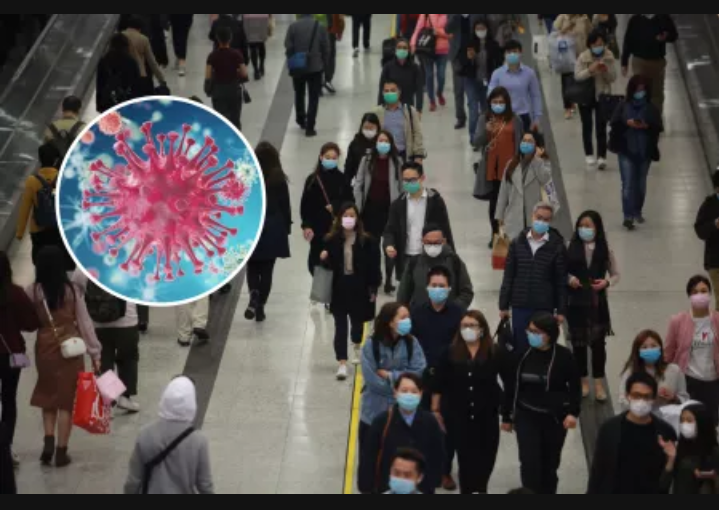China Grapples With Rapid Spread Of Human Metapneumovirus.
Recent reports from China have highlighted a rise in cases of Human Metapneumovirus (HMPV), particularly in this winter season.
This virus is known for causing respiratory illnesses similar to the common cold, with symptoms including cough, fever, nasal congestion, and in severe cases, pneumonia. The surge in HMPV infections has been notably observed in northern provinces, with a significant number of cases among children under 14 years old

China is currently facing a new outbreak of the Human Metapneumovirus (HMPV), which is rapidly spreading across the nation and presenting symptoms akin to those experienced during the height of the COVID-19 pandemic.
HMPV, a respiratory virus known for causing symptoms similar to the common cold or flu, has now escalated into an outbreak of significant public health concern. According to recent reports, the virus is particularly affecting children, the elderly, and those with compromised immune systems. Symptoms include cough, fever, and in severe cases, can lead to pneumonia, putting additional strain on the already burdened healthcare system.
Videos and images circulating on social media portray scenes of crowded hospitals, with patients wearing masks, reminiscent of the early days of the COVID-19 crisis. The outbreak has led to speculation and concern about the potential for another major health emergency. While some posts on X suggest that facilities like hospitals and crematoriums are overwhelmed, official statements have yet to confirm these reports.
Health officials are taking measures to monitor the situation closely. In response to the rising number of cases, China has implemented a monitoring system for winter illnesses, including pneumonia of unknown origin, although there has been no official declaration of a state of emergency from Beijing.
The virus spreads through respiratory droplets, making close contact in crowded or enclosed spaces a significant risk factor. Experts advise the public to adhere to hygiene practices like frequent hand washing, wearing masks in public, and avoiding close contact with those who are sick. There is no specific antiviral treatment for HMPV, hence, preventive measures remain crucial.
Internationally, countries like India have reassured their citizens that there is no immediate cause for alarm, with no unusual spike in similar respiratory diseases within their borders. However, health agencies worldwide are keeping a close watch, ready to adapt their strategies should the situation escalate.
This outbreak comes at a time when the world is still recovering from the impacts of the global health crisis caused by COVID-19. The rapid spread of HMPV in China serves as a stark reminder of the continuous threat posed by respiratory viruses and the importance of maintaining robust public health responses.
As the situation develops, the international community will be keenly observing China’s handling of this outbreak, hoping for effective containment and minimal global spread. Stay tuned for more updates on this evolving story.


